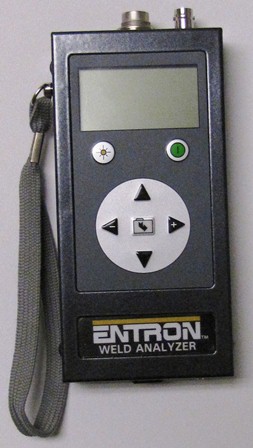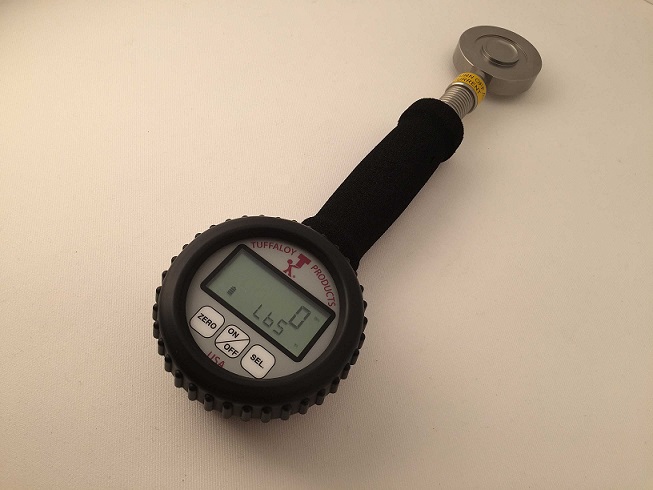When a machine has been running good parts and a brief stop is made one expects to start back up and make good parts. The stop could be for a break, electrode change, electrode dressing, lunch or shift change. These occur every day and should not create a problem. If something is occurring what is the variable?
Some have said that the electrode cools off during the break. Possibly but it cools to merely water tower temperature of 85 deg F or if refrigerated 65 deg F. Considering that the electrode will reach red hot on the face which is 1400 deg F in less than a second. A little cooling does not matter.
One must look elsewhere. It is troubleshooting time. Something else in the system has changed and needs to be investigated. It is time to get out the current meters and force gauges. It is highly likely that in the force or voltage current world something is not being delivered as desired. Every shop should have or access to a current meter and a force gauge.


CURRENT METER FORCE GAUGE
With these simple tools one can measure the properties being produced by the machine when it is running properly. Then one can monitor these properties during production and observe changes and take action. The main function of the machine is to produce pressure and current for a length of time “PCT”. With these tools or ones similar these parameters can be measured and compared to standards in your records.
Likely causes for changes are:
• Cylinders or force devices could need a rebuild and are sticking until they work free
• Air pressure varies in the plant during the day as other equipment comes on line and the main buss cannot provide sufficient air volume initially. A surge tank may be needed near the welder.
• There may not be sufficient power in the plant. When all of the equipment is on line the voltage drops especially when all machines fire up after common breaks or lunch.
• The buss feeding the machine may be undersized and it shows up when everything is heated up and the demand in the plant is high.
• Cables and conductors must be connected tightly with clean connections to maximize conduction.
• Watch closely for worn cables or shunts. This will reduce capabilities.
• Controls with constant voltage or constant current are available which can help the power situation.
• Water cooling is always important in resistance welding. Make sure that all conductors, controls, transformers and electrodes are in some manner connected to flowing water.
As stated previously the sources for the reduced nugget sizes at start up will be found in a variation that affects “PCT”. It will likely be in the “PC”
For additional reading on this subject go to a Previous Article in This Blog:
“WHY DO WELD NUGGETS VARY DURING A SHIFT?”
Reference: RWMA - Resistance Welding Manual 4th Edition
AWS - AWS Standard J1.2 Guide to the Installation and Maintenance of Resistance Welding Machines

